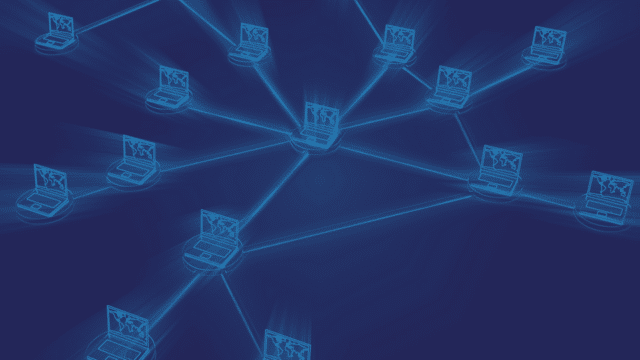Introduction: Telehealth is Here to Stay
Telehealth adoption has skyrocketed in the past few years, transforming how patients access care. But while video visits and remote monitoring have advanced, document workflows have often lagged behind. Fax remains a critical channel for transmitting patient records, referrals, and lab results – even in virtual care. Without modern solutions, fax can slow care, increase errors, and create compliance risks.
1. The Telehealth Fax Challenge
- Paper-based bottlenecks: Many forms and referrals are still faxed physically or printed after being sent electronically.
- Delayed access: Remote providers may have to wait for paper faxes to be scanned or manually entered into the EHR.
- Compliance risk: Improper handling of PHI during transit can breach HIPAA or other regulations.
2. Why Fax Still Matters
- Fax remains legally recognized for transmitting medical records.
- Many labs and specialists still rely on fax for secure communication.
- Physical fax is often integrated into legacy workflows, making replacement difficult without disruption.
3. Cloud Fax as the Telehealth Solution
- Secure digital delivery: Faxes transmitted digitally are encrypted end-to-end.
- Instant access: Telehealth providers can access documents immediately without waiting for printed copies.
- Integration with EHRs: APIs can route faxes directly into patient records.
4. AI Enhancements
- Intelligent routing: Automatically sends documents to the right department, provider, or system.
- Data extraction: AI reads and classifies forms and extracts patient info.
- Audit trails: Every document is logged securely, ensuring compliance and accountability.
5. Benefits to Telehealth Providers
- Time savings: Staff spend less time manually entering and routing faxed documents.
- Reduced errors: AI extraction minimizes miskeyed patient data.
- Compliance assurance: Secure cloud fax meets HIPAA standards, with digital audit trails.
- Improved patient experience: Faster processing means patients get results and care quicker.
6. Remote Care Use Cases
- Lab results: Delivered directly to telehealth portals for provider review.
- Referrals and authorizations: Automatically routed to insurance or specialty providers.
- Patient forms: Consent and intake forms submitted digitally and linked to EHR.
7. Practical Steps to Modernize Telehealth Fax Workflows
- Assess which faxes are slowing remote care.
- Move to a secure cloud fax provider.
- Enable AI OCR for document reading and routing.
- Integrate with your EHR or telehealth platform.
- Train staff to rely on digital-first processes.
8. The Future of Telehealth and Fax
- As telehealth continues to expand, fax will remain essential for secure document transfer.
- Cloud fax and AI will turn a legacy bottleneck into a seamless workflow.
- Early adopters will see faster care delivery, improved compliance, and happier staff and patients.
Conclusion
Fax doesn’t have to slow telehealth. By adopting cloud fax and AI-enabled workflows, providers can bridge the gap between remote care and paperwork, improve efficiency, and maintain compliance. The future of telehealth is digital – but fax doesn’t have to be left behind.





